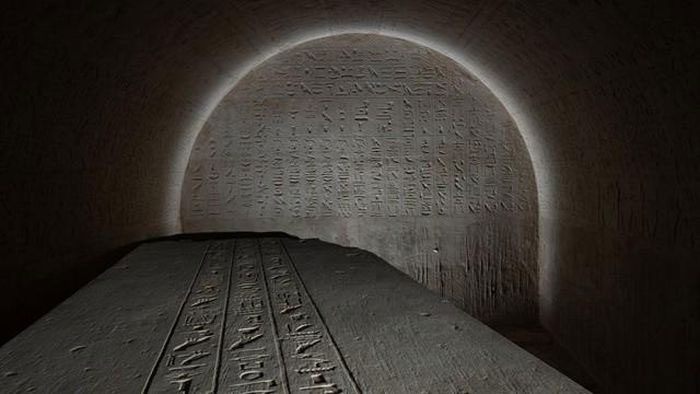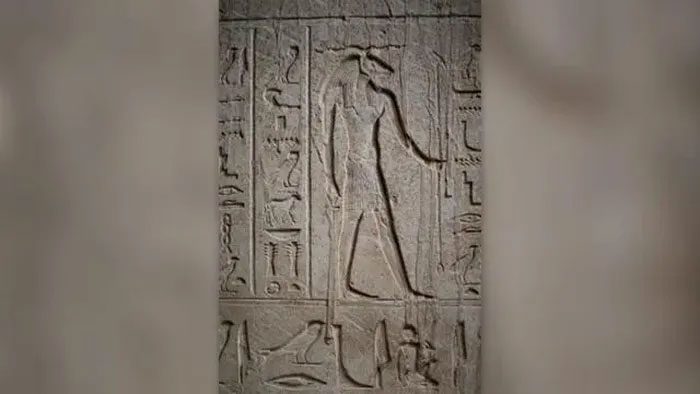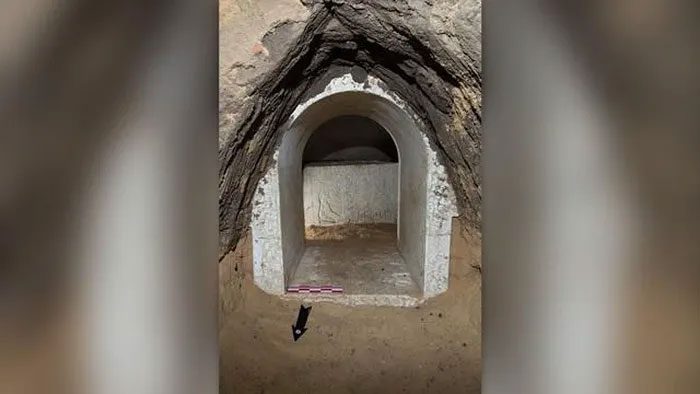Egyptologists have discovered a 2,500-year-old tomb south of Cairo that contains numerous magical spells intended to ward off snake bites. The spells are located right at the entrance of the tomb, serving both to prevent snake bites and to protect the tomb from snakes.
Miroslav Bárta, the research director of the Czech Institute of Egyptology in Abúsír, stated: “The emphasis on snake spells likely reflects the choice of the tomb’s owner, as no other tomb has similar spells.”



Inside the ancient tomb containing numerous magical spells to ward off snake bites. (Illustrative image).
Recent studies indicate that venomous snakes were more common in ancient Egypt than they are today. Archaeologists often find tombs in Egypt with a few magical phrases or apotropaics against snake bites, but none with the large number seen in this tomb, Bárta noted.
Abúsír is home to numerous tombs, as well as several pyramids. According to reports, this particular tomb belonged to a man named Džehutiemhat, a royal scribe who lived about 2,500 years ago, during the time when the ancient Persians controlled Egypt.
Although much of Džehutiemhat’s tomb was plundered in antiquity, his sarcophagus, containing some of his remains, is still there. Analysis of these remains suggests he died at around 25 years old and suffered from severe osteoporosis—a condition that weakens bones and makes them more susceptible to fractures. Bárta commented: “This seems to be part of his DNA profile since osteoporosis typically occurs at a later age.”
According to reports, others buried in nearby tombs also had osteoporosis, suggesting they may have been family members.
Džehutiemhat’s sarcophagus contains a number of texts and inscriptions. The lid of his sarcophagus features what modern scholars refer to as Chapter 178 of the Book of the Dead.
Currently, excavations at the site and analysis of the remains are ongoing.
| The Book of the Dead is a collection of spells to help the deceased navigate the underworld, among other things. This particular chapter contains instructions and spells related to the preparation of corpses, as noted by University College London on its website. The sarcophagus is also adorned with carvings of Egyptian gods, including the ram-headed god Banebdjedet and the sun god Re (also spelled Ra). |


















































